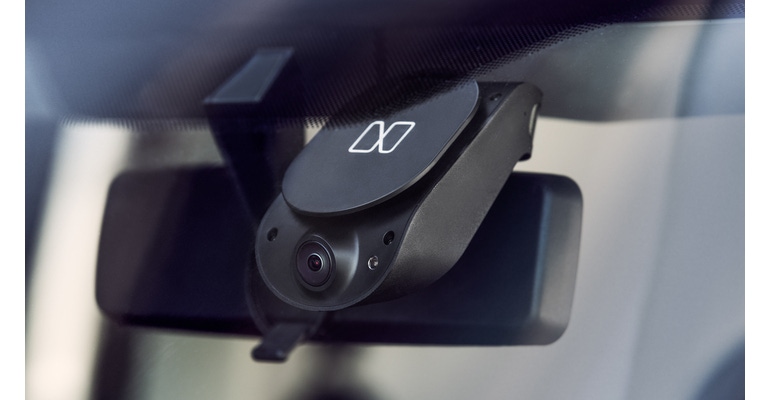Predictive AI Software for Vehicles Relies on Human Interaction
Advanced AI platform warns of impending accidents in time to allow evasive action by driver.

By and large, the use of artificial intelligence (AI) for vehicles relies on machine learning algorithms to make intelligent decisions on vehicle actions. But for the past few years, one company has been developing AI tools that ultimately rely on human input to make critical decisions on steering or stopping a vehicle.
Nauto, based in Palo Alto, CA, has developed an AI-enabled fleet and driver safety platform that relies on predictive AI, which uses machine learning algorithms to identify trends, correlations, and statistical patterns in datasets to predict future outcomes. Nauto’s predictive AI platform is designed to alert drivers of potentially dangerous driving situations and enables them to take corrective action before a potential accident.
The concept of using human input in an age of machine learning may be counter-intuitive in age where AI is making all types of decisions, but the rationale is clearly based on research, according to Dr. Stefan Heck, Founder and CEO of Nauto.
In a recent interview with Design News, Heck said many current AI algorithms could not adequately prevent collisions in driving situations where appropriate human interaction would be faster and safer.
“We looked at data, and found it was very hard for AI to master some risky driver situations,” said Heck, who has a Ph.D in cognitive science from the University of California at San Diego. “We started looking at driver behavior that produces the most risks.”
The risks that cause the most potential issues, according to Heck, include tailgating, being on the phone, eating, and other distractions. He added that speeding is risky only if the driver is going considerably faster than the flow of traffic, and going slower than traffic flow is also risky.
Complex driver decisions are better left to humans, noted Heck. Some examples he gave include four-way intersections, crowded intersections, left turns, and interactions with bicycles.
Fleet Experience
Nauto’s predictive AI technology relies on data from analysis of millions of user miles. The company’s AI tools have been adopted by fleets to monitor behavior of their drivers.
Nauto’s predictive AI technology is implemented through dual-facing dash cameras working with computer vision and patented predictive learning algorithms, as show in the video below. According to Heck, Nauto’s predictive AI technology has been adopted by taxis, buses, maintenance vehicles, and other fleets.
Presently, Nauto’s predictive AI platform is available as a separate hardware/software platform that includes the cameras. But according to Heck, the company is working with companies such as Stellantis, GM, Navistar to integrate its predictive AI software into their hardware.
Spencer Chin is a Senior Editor for Design News covering the electronics beat. He has many years of experience covering developments in components, semiconductors, subsystems, power, and other facets of electronics from both a business/supply-chain and technology perspective. He can be reached at [email protected].
About the Author(s)
You May Also Like


.jpg?width=300&auto=webp&quality=80&disable=upscale)


